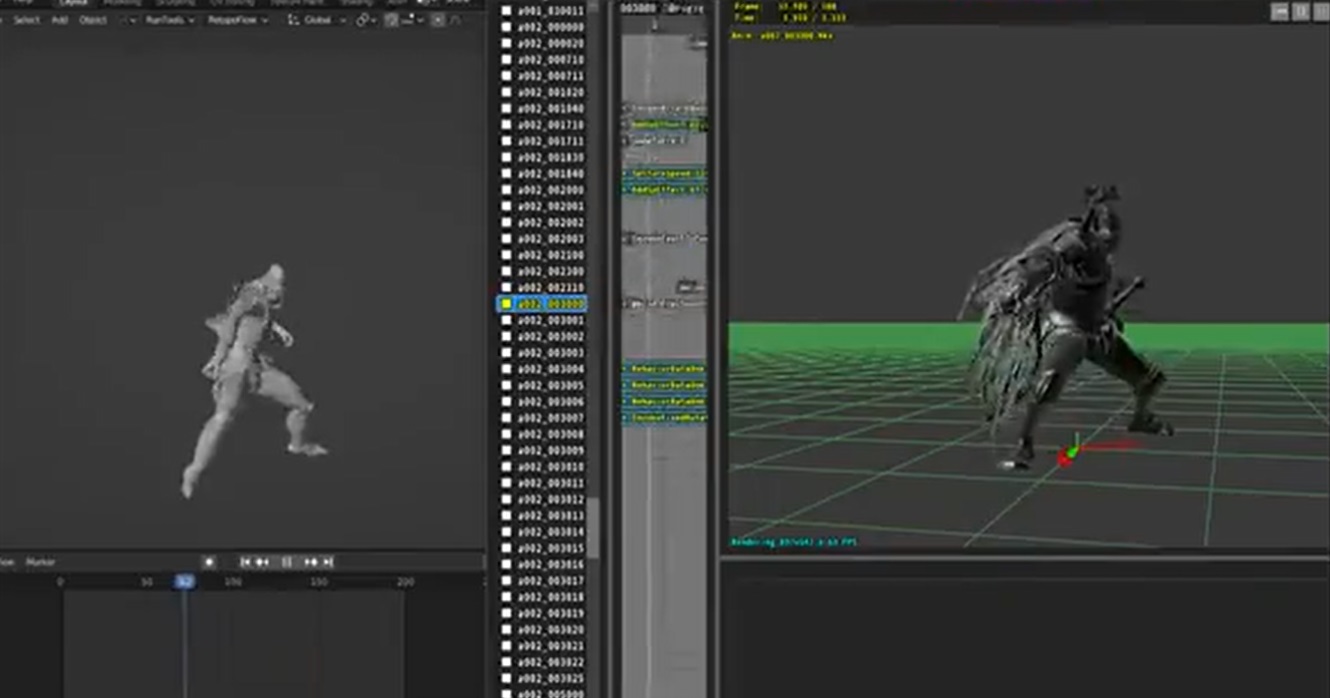The heated argument between two game developers brings out details on the black market of assets

There is a karst phenomenon that came to the surface almost by chance which damages the major labels: material stolen from the original video games and resold as original to the software houses that create titles with already assembled assets
Although with reference to video games the term asset refers to compositions of an environmental nature (for example: buildings, but also types of trees) which are then grafted into the game world to create the scenario, here we will use the word in a broad sense, also including the animations. Necessary clarification, given the theme we are going to deal with, not the simplest and, above all, still to be discovered.
Recently released on PC, PlayStation 4 and Xbox, Bleak Faith: Forsaken immediately hit the headlines following the publication of material that would prove that the game uses various animations "stolen" from the well-known blockbusters Elden Ring and Dark Souls. As reported by DSOGaming , the accusation was made by the user Meowmaritus, author of the Dark Souls Anim Software tool who, in addition to proposing a convincing video comparison , underlined how using his tool to "steal" from FromSoftware games is absolutely not allowed.
Saw this footage floating around. Bleak Faith: Forspoken is 100% using animations ripped directly 1:1 from Elden Ring.
I do NOT condone people using my DS Anim Studio software to aid in exporting animations to include in commercial products or sell them on Epic Games Store. pic.twitter.com/9JHGMeu9as
— Meowmaritus (@meowmaritus) March 12, 2023
The video comparison is accurate and the user has expertise in the matter. These are not mere similarities: here is an entire park of moves taken by weight from the works of Japanese developers and brought into the Archangel Studios video game. So much so that the studio responsible did not shrug, as one would expect from an issue born on Twitter, but provided its version of the facts. And this is the interesting aspect of the story.
The authors of Bleak Faith: Forsaken have explained that they have purchased generic assets (from rocks to animations) through the Epic Marketplace. The package in question would have been found here , disappeared following the report. This is their version: “We have always been transparent about the use of the Epic Marketplace for quality animations and that fit our theme […] The only other things of the Epic Marketplace that I use are generic VFX which would have been a waste of time to recreate, as I would be making pretty much identical things, and things so generic (like some rocks) that they didn't require art direction. [Bleak's] entire world was built by hand, with 10% of the graphical assets made by someone else."
What does this mean? That not everything was developed in-house and many materials are, so to speak, "prefabricated". This is nothing new: it happens very often and allows smaller studios to make titles that can rival triple-A productions without having stellar budgets available.
However, it emerges that there would be a use for pulling animations and other content from video games like Elden Ring to be sold through the Unreal Engine store. A real black market for assets, with the difference that, compared to the traditional black market, the channel used is the legitimate one, while the product sold would be illegal. And the controls? Apparently absent, at least until the first reports, as in this case.
Software houses often complain of looting when they talk about their IPs, but generally they are inspirations that end up in plagiarism. In this case it would be a real recycling of assets, technical components that required months of development.
This is a machine translation from Italian language of a post published on Start Magazine at the URL https://www.startmag.it/economia-on-demand/la-lite-animata-tra-due-sviluppatori-di-videogiochi-fa-emergere-dettagli-sul-mercato-nero-degli-asset/ on Tue, 14 Mar 2023 07:00:59 +0000.
